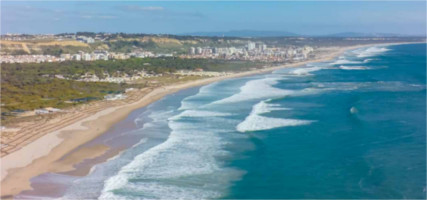Speaker
Dr
Marija Vranic
(GoLP / IPFN, Instituto Superior Tecnico)
Description
We have witnessed fundamental breakthroughs in many areas of science due to fast development of laser technology. One such breakthrough was introducing advanced accelerator concepts: taking advantage of very high acceleration gradients ( ~ TeV / m ) that can be created in laser-plasma interactions and using them to accelerate particles over very short distances compared to conventional accelerators. Another important aspect of having access to extreme laser intensities is bringing astrophysics to the laboratory. We are now able to study the collective effects of electron-positron plasmas in the presence of intense fields approaching the order of the Schwinger limit, and recreate conditions found in astrophysical shocks, pulsars, jets, neutron stars and gamma-ray bursts. The most ambitious projects for near-future experiments aim at studying QED cascades and even quark-gluon plasmas with lasers.
The ability to perform large-scale reliable computer simulations has played a vital role for the successful developments in studies of laser-matter interaction. Particle-in-cell (PIC) codes can account for the self-consistent evolution of plasma and electromagnetic fields in a fully kinetic description. They are based on discretised Maxwell's equations and can be used to simulate systems that consists of millions of particles. Newest code developments combine Monte-Carlo (MC) with PIC algorithms, using MC to account for quantum processes such as ionisation or electron-positron pair creation, while following the classical dynamics of the system with PIC. We will discuss the methods and developments in theory and simulations necessary to give support to the new generation laser facilities, and reflect on the exciting areas of physics where this work can bring new insights.
Primary author
Dr
Marija Vranic
(GoLP / IPFN, Instituto Superior Tecnico)




